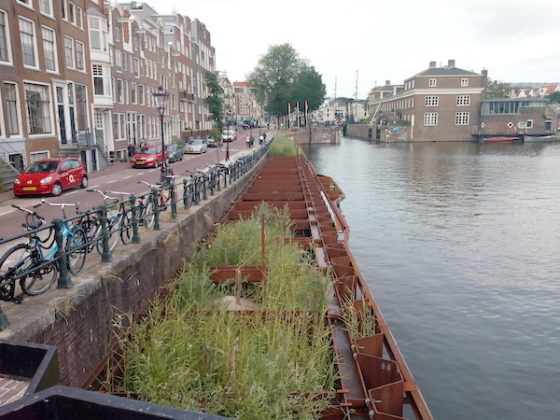Iron-guzzling bacterium may have made its way to the Netherlands


A highly corrosive bacterium which can eat through iron and steel at a rate of knots may have reached the Dutch side of the Ghent to Terneuzen canal, scientists have warned.
The MIC (microbiologically induced corrosion) bacteria were discovered by researchers from the maritime institute at Antwerp and the universities of Ghent and Leuven.
Rust normally consumes some 0.1mm of steel a year, but the MIC bacterium gobbles up as much as half a centimetre, making it 50 times as destructive, the researchers found.
Both ships and canal structures, such as dam walls, are in danger of the bacterium, they said.
‘I have looked at hundreds of ships but I have never seen anything like it,’ Kris de Baere, professor at the Antwerp maritime institute, told local broadcaster Omroep Zeeland. ‘The bacteria consume the ship, as it were.’
De Baere did not rule out the possibility that the bacterium had travelled to the Dutch side of the canal, as traces have been spotted at the port of Sas van Gent.
De Baere said a large-scale investigation into the spread and the origin of the bacterium is needed. ‘The open water means it can spread very quickly. We don’t know how far it has got.’
Affected boat owners have already pointed the finger at industrial waste discharged by companies along the canal. They have also linked the bacterium with the mass death of fish in a pond in the Belgian town of Zelzate.
Thank you for donating to DutchNews.nl.
We could not provide the Dutch News service, and keep it free of charge, without the generous support of our readers. Your donations allow us to report on issues you tell us matter, and provide you with a summary of the most important Dutch news each day.
Make a donation